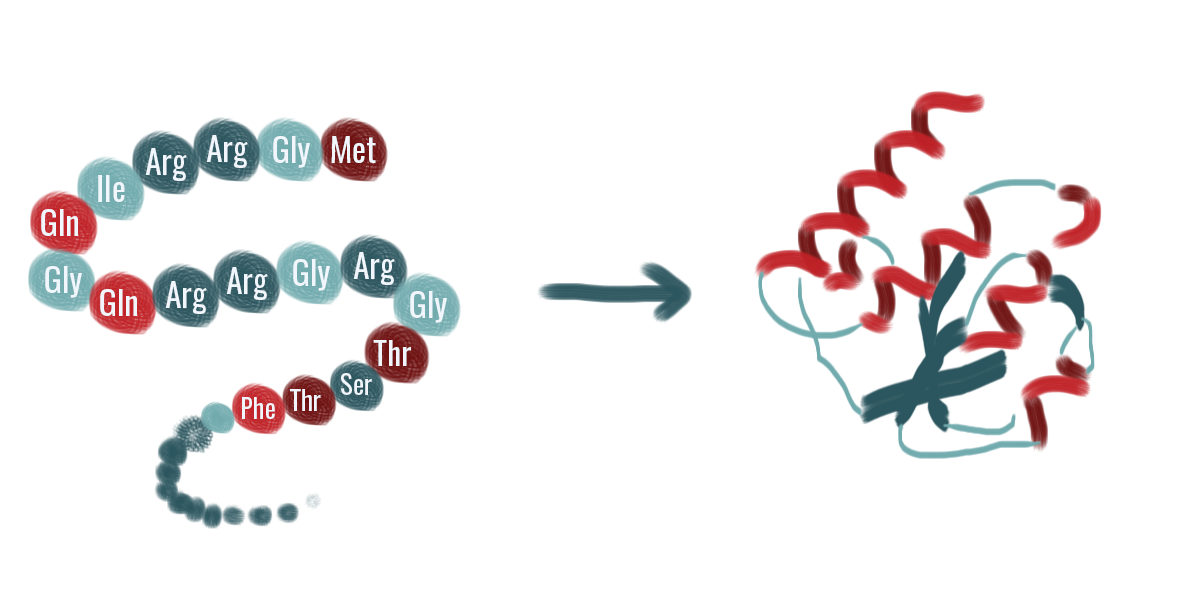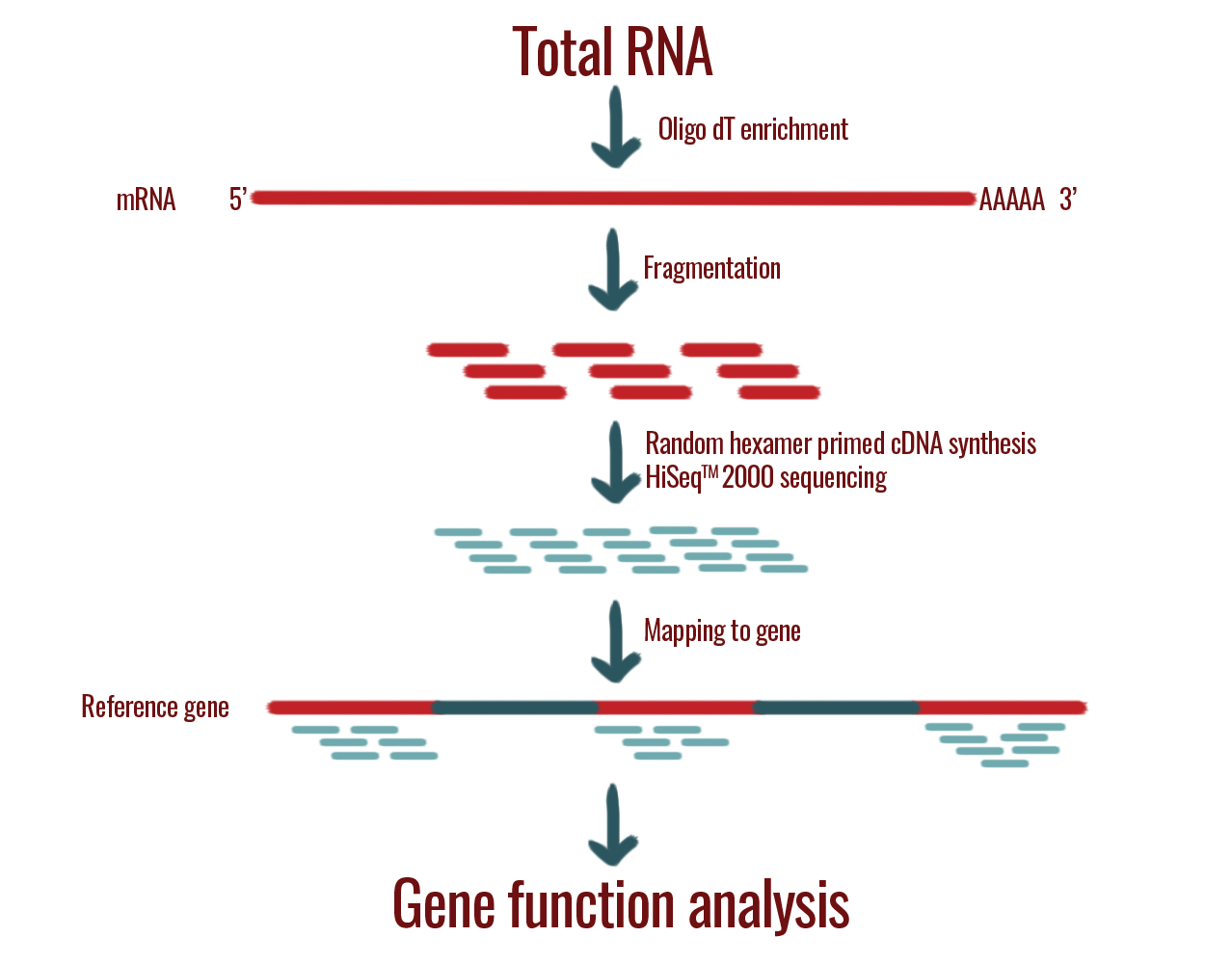Your body is a work of art, composed of collections of cells, tissues, and organs that work together to keep you alive.

At the most basic level, everything that you are is coded in your DNA. Think of the DNA as a guidebook of sorts--this is how to build a body, how to paint a masterpiece. The guidebook is an instruction manual, a set of paints and materials to work with, providing and limiting at the same time.
But although all of your cells have the same guidebook, they will not be reading the same parts. Different collections of articles are read, different segments of DNA are transcribed into RNA, different patterns are traced out onto the canvas, different amounts of paint readied.

Finally, RNA is translated into protein--the painting is filled in with different colors, different shades and hues. Your body is built, protein by protein, painting by painting.

At every stage, there are mistakes and erasure, some parts of the work painted over, regulations of the levels of expression and modifications. The process of creating a body is as complex as the different layers of paint on a masterpiece.
We look at the transcriptome, at the RNA, because it is more specific than the genome. The genome will tell us everything that can possibly happen in all of your cells, while the transcriptome paints a better picture of what is actually happening in specific cells.
On the other hand, we are not looking at the proteome, which actually does give us a complete picture, because it is more difficult to quantify the amount of protein in a cell. Techniques for proteomics are currently not as sensitive and are more well-suited for functional studies.
The genome, transcriptome, and the proteome are all huge, each containing thousands upon thousands of discrete entities. Thus, we need a lot of sensitive experiments and complex bioinformatics tools to make sense of all this data.

mRNA is further modified before it is translated into protein
Thus the transcriptome only contains genes that may be expressed for a given condition for a certain part or organ of an organism, while the genome contains all sequences, even those not expressed
Transcriptome data can be obtained by two major methods:

Microarray analysis can show the gene expression for a particular environmental condition, disease or treatment. To do microarray analysis, you need to isolate RNA from a control sample, such as the cells of a healthy person, and RNA from an experimental sample, such as the tumor cells of a cancer patient. The RNA from the cells of a healthy person is labeled with a green fluorescent dye, while the RNA from the tumor cells is labeled with a red fluorescent dye. The RNA from each sample is then converted into complementary DNA (cDNA), and then hybridized (attached) to complementary strands arranged on a tiling array. If the spot on the array appears red, then that means the expression of that gene is higher in the tumor cells. On the other hand, if the spot appears green, then the expression of that gene is higher in the normal cells. Yellow spots mean they have equal expression. The intensity of the different spots is quantified by software.
Because the complementary strands on the array are created from known genes, microarray analysis can only provide gene expression profiles of genes that have already been discovered. The advantage of this is that you can order microarray chips specific for genes that are known to be significantly affected in certain diseases or states, such as cancer.

RNA-Seq is a lot more sensitive than microarray analysis. Using RNA-Seq, you can get a complete snapshot of all the active genes of a cell under a certain condition, including any mutations.
mRNA is isolated from a cell. The mRNA is then fragmented into smaller pieces to make it easier to sequence. This fragmented mRNA is converted into cDNA. The cDNA will then be sequenced. The sequences, called "reads," will then be aligned to each other or to a reference genome to reassemble the mRNA transcripts.
RNA-Seq data can provide information about the exact sequences of the mRNA molecules, the amount of each mRNA that is present in the cell, the function of the mRNA, and a lot more. It's possible to compare the differences in gene expression across the entire transcriptome of two samples. Because you get the actual sequences, RNA-Seq can also be used to discover novel genes.
Transcriptome analysis can be used to detect changes in gene expression---a malfunctioning cell, such as a cancer cell, will express different genes from a healthy cell.
By analyzing the transcriptomes of different types of cancers, researchers are able to identify genes and mutations that drive malignant growth.
For comments, suggestions, and concerns, please email mallari.juan_carlo.md7@is.naist.jp.
List of images used here
Copyright © Peinto Gen 2018. All Rights Reserved.
A theme by Dcrazed